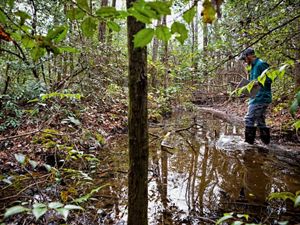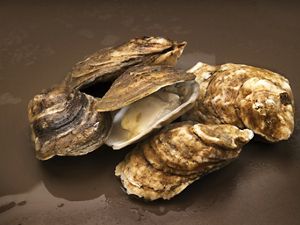The Role of Fire
Fire helps the plants and animals of longleaf forests thrive.
“Burn Baby, Burn.”
That's the simple message that North Carolina Wildlife Resources Commission Biologist Brady Beck has for people who wonder how to bring longleaf back.
Sandhills Conservation Coordinator Gretchen Coll adds her surprise at discovering the intersection between forest health and fire. "The biggest surprise, the biggest takeaway message, is how much the forest has been hurt by not allowing fire to happen on a regular basis,” she says.
“When you see the forest right after a burn, it's pretty desolate. It can look a bit like a moonscape,” says Coll. “But, pretty soon it starts to green up. The birds start coming in. You start seeing turkeys.”
“It’s not about the trees—it’s the grasses, the forbs, the herbs. It is the bottom six feet that’s important to wildlife,” says Robert Abernethy, president of the Longleaf Alliance. “If you burn, you’ll have turkeys. If you don’t, you won’t.” Animals in the longleaf system are adapted to regular burn cycles. Abernethy says even the wild turkey’s coloring is an adaptation. “In the spring, turkeys are black. I think they evolved in the fire-adapted system and are black in spring to match blackened forest.”
.jpg?crop=225%2C0%2C3549%2C2662&wid=640&hei=480&scl=5.545833333333333)
From the Sandhills to the Coastal Plain
When Burn Boss Mike Norris came to the Sandhills in 2003, the Conservancy had one four-member fire crew, burning for five months across the Sandhills and coastal plain. The program has grown tremendously since then. Norris has worked extensively at the Conservancy’s Calloway Forest Preserve. “When I came to Calloway in 2003, we had four clusters of red-cockaded woodpeckers,” he says. “Now we have ten. We hope for even more in the future.”
If people are familiar with longleaf, they might expect all longleaf forests to look like those in the Sandhills. But Burn Boss Angie Carl doesn’t work in that kind of forest. She works in the area around Wilmington, in places like Green Swamp Preserve. “It is not just longleaf pine savanna. We have wet savannas, dry savannas, pocosin, hardwood drains, and open water swamps,” she explains. “We’ve got old dunes where it was once oceanfront property. We’ve got wet, mucky stuff.”
And, there’s the peat soil. In some places, it is 12 feet deep. Peat has long been used to heat homes, which means it burns well. That poses a problem for Carl. Her burns are complicated affairs. She wants to restore the longleaf, but she has to avoid destructive peat fire. She's been successful.
Controlled burns are also known as prescribed fire. Each fire has a prescription—a plan that details the number of acres to be burned and the ecological goal. “The greatest stress relief is knowing that the fire is completely out. It's the moment when I can write in our prescription that it is completely out,” says Carl.
.jpg?crop=0%2C81%2C4000%2C2500&wid=1640&hei=1025&scl=2.4390243902439024)

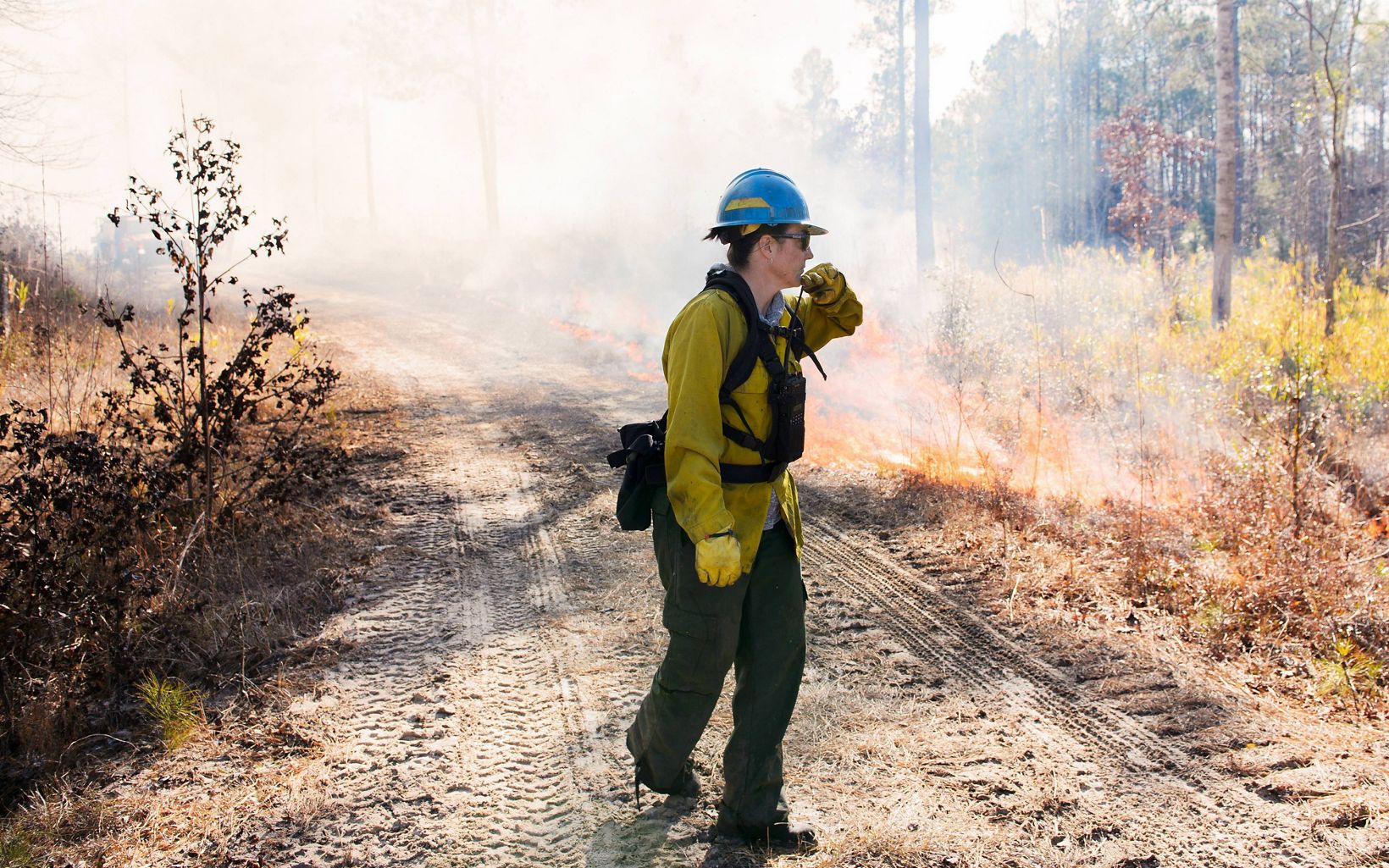
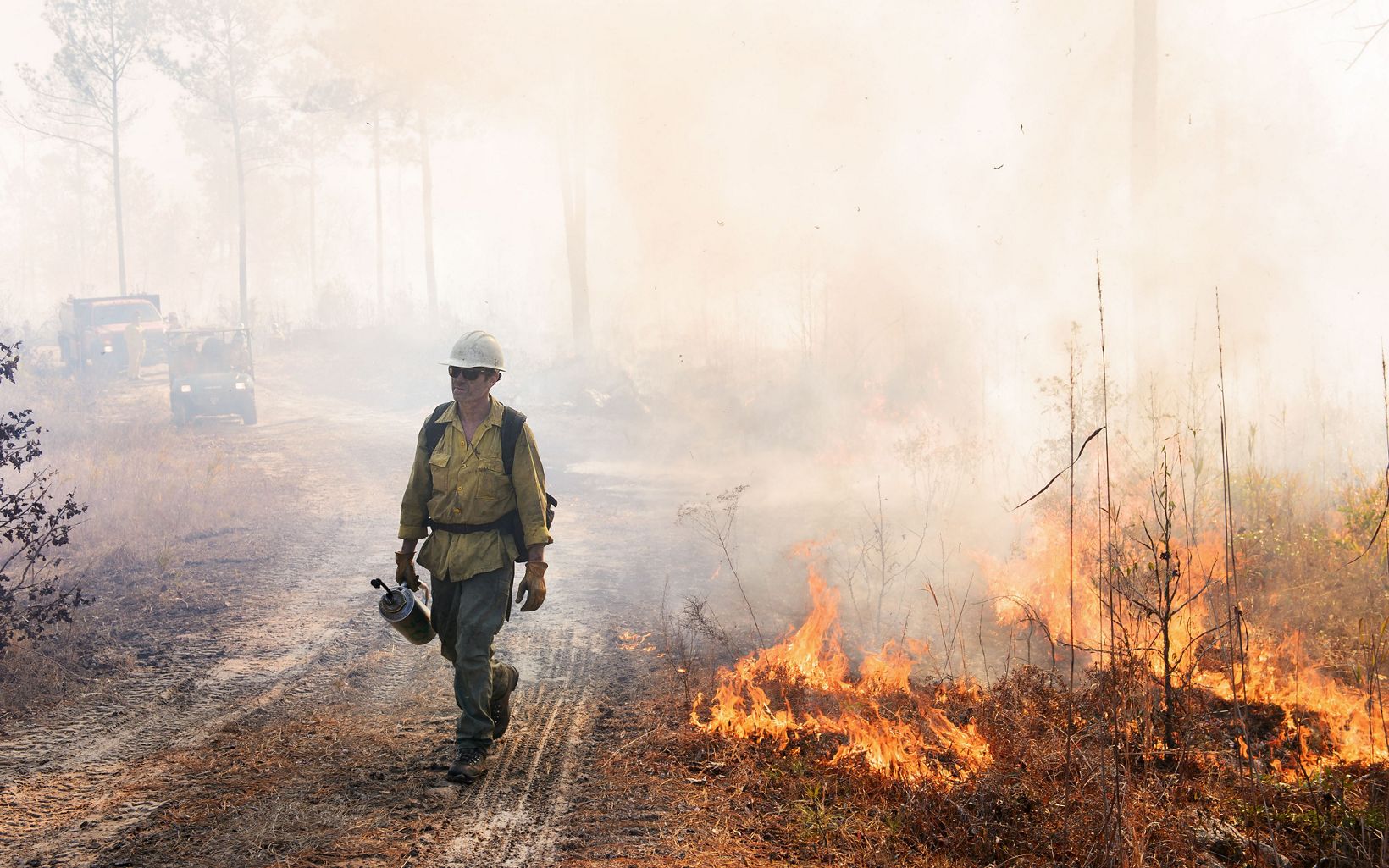
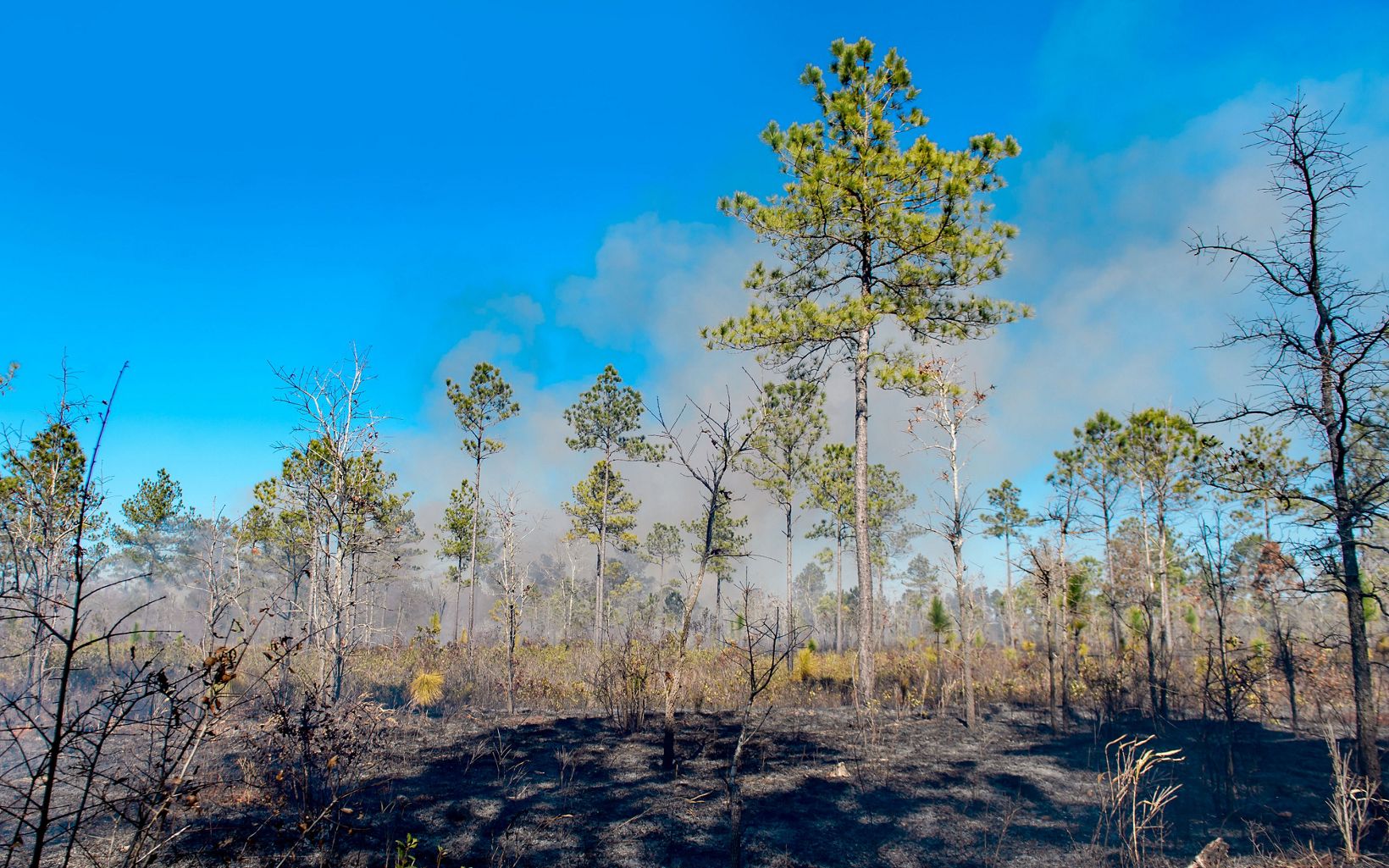
.jpg?crop=0%2C81%2C4000%2C2500&wid=1640&hei=1025&scl=2.4390243902439024)




.jpg?crop=0%2C462%2C4000%2C2200&wid=4000&hei=2200&scl=1.0)
